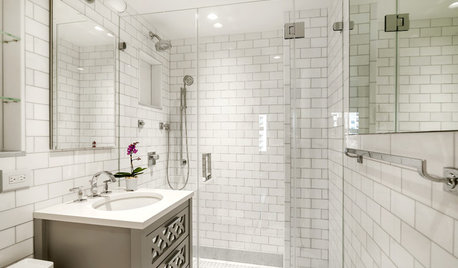Bogus Hardiness Listing On N.G. for Wollemia Nobilis,..or is it?
sequoia_stiffy
15 years ago
Related Stories

BATHROOM WORKBOOK5 Ways With a 5-by-8-Foot Bathroom
Look to these bathroom makeovers to learn about budgets, special features, splurges, bargains and more
Full StoryMore Discussions








barbaraincalif
pineresin
Related Professionals
Tempe Landscape Architects & Landscape Designers · Ballwin Landscape Architects & Landscape Designers · Saint Matthews Landscape Architects & Landscape Designers · Athens Landscape Contractors · Bergenfield Landscape Contractors · Costa Mesa Landscape Contractors · Mastic Beach Landscape Contractors · Peachtree City Landscape Contractors · Tavares Landscape Contractors · Watertown Landscape Contractors · Woodbury Landscape Contractors · Oxon Hill Landscape Contractors · Goldenrod Landscape Contractors · Norridge Landscape Contractors · Vadnais Heights Landscape Contractorsdirtslinger2
pineresin
Embothrium
dirtslinger2
davidrt28 (zone 7)
sequoia_stiffyOriginal Author
eukaryote
eukaryote
pineresin
davidrt28 (zone 7)
davidrt28 (zone 7)
Embothrium
Embothrium